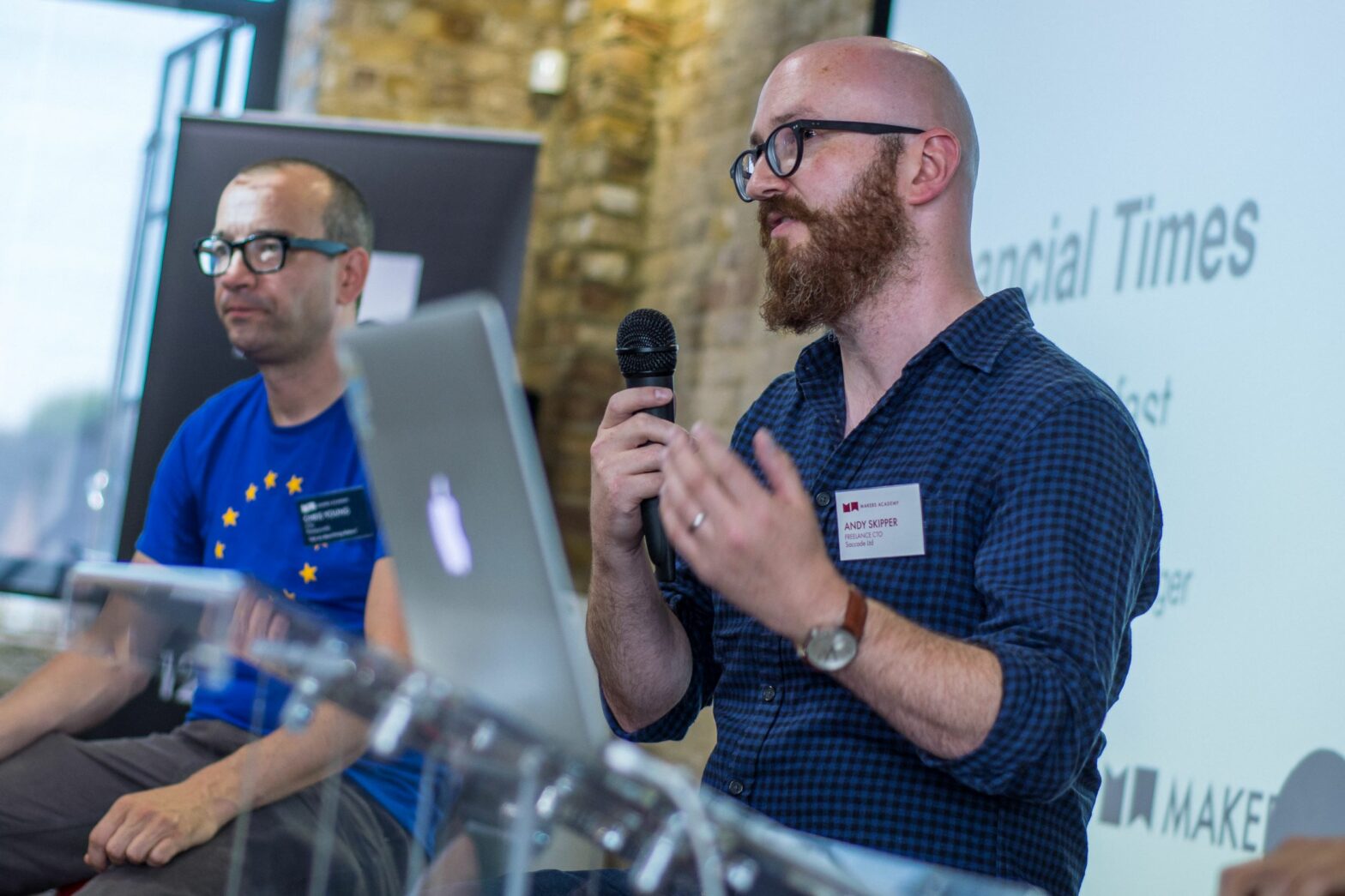The 7 new rules of IT leadership

There’s no question that stable, strong IT infrastructure is more essential now
than ever, yet CIOs can’t succeed by making a steady state the-end-all-be-all.
Instead, they must be change agents who are not only OK with constant
change but also advocate for it while ensuring infrastructure can scale and
support that change. “Success is managing change versus moving from one
fixed stone to another,” Cameron says. “So for CIOs to be really successful in
this new environment, they need to be able to make change continuous, and they
have to find ways as leaders to help their people understand how to do
that.” He adds: “That means making structural changes.” There is
mindset shift here but equally important — if not more so — is the need to
change how work actually happens. One of the most prominent adjustments for IT
is the move from approaching technology delivery as projects — something that’s
planned, executed, and completed — to a product mindset that embraces
incremental improvements delivered throughout a digital tool’s
lifecycle.
Essential skills for becoming a CTO

The easiest way into a management and leadership role is to become an
engineering manager before you become a CTO. Assuming you have that
engineering manager role in your company, there are a whole bunch of great
books on engineering management, such as The Pragmatic Programmer by David
Thomas and Andrew Hunt. Another good one is Accelerate, which show you how to
measure software delivery performance. A good general technical management
book is The Manager’s Path by Camille Fournier, while The Five Dysfunctions of
a Team by Patrick Lencioni is very good talking about psychological safety and
intra relations within a team. ... Possibly soft skills have been neglected in
the past. Nobody should be trying to take on a management or leadership
position without any understanding of what it means to deal with people and
motivate them. Empathy, communication and creating an environment of
psychological safety so that people can really push the boundaries of what
they work on without fear of reprisal, are really important in a management
role.
AI Lawyer: It's Starting as a Stunt, but There's a Real Need

advocates say AI's ability to sort information, spot patterns and quickly pull
up data means that in a short time, it could become a "copilot" for our daily
lives. Already, coders on Microsoft-owned GitHub are using AI to help them
create apps and solve technical problems. Social media managers are relying on
AI to help determine the best time to post a new item. Even we here at CNET
are experimenting with whether AI can help write explainer-type stories about
the ever-changing world of finance. So, it can seem like only a matter of time
before AI finds its way into research-heavy industries like the law as well.
And considering that 80% of low-income Americans don't have access to legal
help, while 40% to 60% of the middle class still struggle to get such
assistance, there's clearly demand. AI could help meet that need, but lawyers
shouldn't feel like new technology is going to take business away from them,
says Andrew Perlman, dean of the law school at Suffolk University. It's simply
a matter of scale. "There is no way that the legal profession is going to be
able to deliver all of the legal services that people need," Perlman said.
The EU wants to regulate your favorite AI tools

Lawmakers in Europe are working on rules for image- and text-producing
generative AI models that have created such excitement recently, such as
Stable Diffusion, LaMDA, and ChatGPT. They could spell the end of the era of
companies releasing their AI models into the wild with little to no safeguards
or accountability. These models increasingly form the backbone of many AI
applications, yet the companies that make them are fiercely secretive about
how they are built and trained. We don’t know much about how they work, and
that makes it difficult to understand how the models generate harmful content
or biased outcomes, or how to mitigate those problems. The European Union is
planning to update its upcoming sweeping AI regulation, called the AI Act,
with rules that force these companies to shed some light on the inner workings
of their AI models. It will likely be passed in the second half of the year,
and after that, companies will have to comply if they want to sell or use AI
products in the EU or face fines of up to 6% of their total worldwide annual
turnover.
CFOs zero in on digital transformation

Evaluating the results of one’s digital transformation efforts is a constant
challenge for financial leaders, who must also deal with finding and retaining
digital talent as well as aggregating all of the information one needs across
their organization in order to build a technology roadmap, Horvat said. CFOs
currently are focusing in on the finance function when it comes to their
digital transformation efforts, therefore. “What they’re prioritizing is
really maturing that FP&A function, getting FP&A-specific tools to
platform their planning and budgeting,” Horvat said. Ninety percent of CFOs
surveyed pointed to evaluating their finance strategy, scope and design as
their top priority for 2023, according to the survey, while 83% pointed to
planning finance transformation efforts. It is also important to note that
CFOs are personally involved in their organizations’ digital transformation
efforts both broadly and within the finance function, Horvat said. “I think a
lot of it has to do with owning that strategy piece of it, to make sure that
that it’s advancing in a way that serves the interests of the organization,”
he said.
How to succeed in cyber crisis management and avoid a Tower of Babel
Organizations need to develop a working assumption of the main threat factors,
targets, and practical ramifications of a cyberattack. The organization should
also identify the main scenarios they may need to deal with, including a
situation that results in shutting down the main business activities and a
situation in which sensitive information is leaked or stolen. These should be
made based on the nature of the organization, the sector in which it operates,
its geographic location and history of cyber events. These scenarios should be
updated constantly as the business and the threats change and grow. Publicly
listed companies should also be aware of the risks to image and finances that
could come with attacks as regulations increasingly require reporting of cyber
incidents. In addition, each organization needs to determine its guiding
principles, by answering key questions like whether it would negotiate with
attackers and whether they would ever consider paying a ransom. It also needs
to decide who will mitigate an attack – an internal team or an hired third
party.
How AI chatbot ChatGPT changes the phishing game

If attackers ask ChatGPT directly for ChatGPT to suggest some idea for a phishing email, they'll get a warning message that this topic is "not appropriate or ethical." But if they ask for suggestions for a marketing email, or an email to tell people about a new human resources webpage, or to ask someone to review a document prior to a meeting—that, ChatGPT will be very happy to do. ... ChatGPT is not limited to English. It says it knows about 20 languages, including Russian, Standard Chinese, Korean, but people have tested it with nearly 100. That means you can explain what you need in a language other than English, then ask ChatGPT to output the email in English. ChatGPT is blocked in Russia, but there's plenty of discussion in Russian explaining how to get to it via proxies and VPN services and how to get access to a foreign phone number to confirm your location. ... "ChatGPT and large language models in general will be used for benign content much more than for malicious content," says Andy Patel, researcher at WithSecure, who recently released a research report about hackers and GPT-3, an earlier version of ChatGPT.
Greener supply chains call for IoT innovation
With businesses and CEOs facing demands for environmental change and enhanced
revenue growth simultaneously, supply chains need to be revolutionised. This
can be achieved by strategically integrating the right systems and sensors to
unlock opportunities, especially those that reduce energy consumption and
waste throughout product lifecycles. The Gartner study that unearths the CEO
findings is entitled 2022 CEO Survey: Sustainability and ESG Become Enduring
Change. It says CEOs are also becoming increasingly aware that new
technologies have a crucial role to play in supporting sustainability
improvements. Artificial Intelligence (AI) was identified by 18% of
respondents, putting it at the top of the list of sustainability supporting
technologies, with digitalisation ranking second with 11%. While these
findings indicate a growing awareness of technology’s potential to support
sustainability, only 4% of CEOs identified IoT-related technologies as a
primary example, when in fact it is set to be a major driver.
7 tell-tale signs of fake DevOps

An organization that hyper-focuses on a tool- and technology-centric DevOps
culture, rather than on people and processes, is 180 degrees out of sync.
“It’s crucial to assess current business practices and needs,” says Mohan
Kumar, senior architect at TEKsystems, an IT service management firm. Kumar
recommends prioritizing teams. “Instill DevOps culture into communication,
collaboration, feedback collection, and analysis,” he suggests. “An
experiment-friendly environment that allows developers to fail fast, recover
fast, and learn faster builds a blame-free culture within the organization.”
Kumar also suggests nurturing a stream of creative ideas by tapping into
teams’ collective intelligence. DevOps adoption is an iterative process, so
the CIO should begin by evaluating the development team’s current state and
then gradually building a strategy of continuous improvement involving
people, processes, and tools that can evolve along with future needs and
developments. “Ultimately, creativity is a muscle that must be exercised
continuously to grow,” Kumar observes.
Digital transformation: 4 tips to keep it human-centered

Rather than diving head-first into digital transformation, it is important
to take a step back, consider these factors, and act accordingly. By taking
a human-centered approach to digital transformation initiatives,
organizations can use technology to transform the lives of the people they
serve. We recently saw one of our customers create significant positive
change when they considered the people involved in a necessary technology
upgrade. ... Human-centered digital transformation requires companies to
recognize that people lay the foundation for digital transformation and,
therefore, must take the necessary steps to create a seamless experience
throughout the process. The shift to a digital-first business environment
can be challenging to all stakeholders as they are expected to adapt to
rapid changes at an organizational level. Keeping pace with the changing
needs of employees and customers will alleviate this burden and foster a
strong company culture.v
Quote for the day:
"Practice isn't the thing you do
once you're good. It's the thing you do that makes you good." --
Malcolm Gladwell
No comments:
Post a Comment